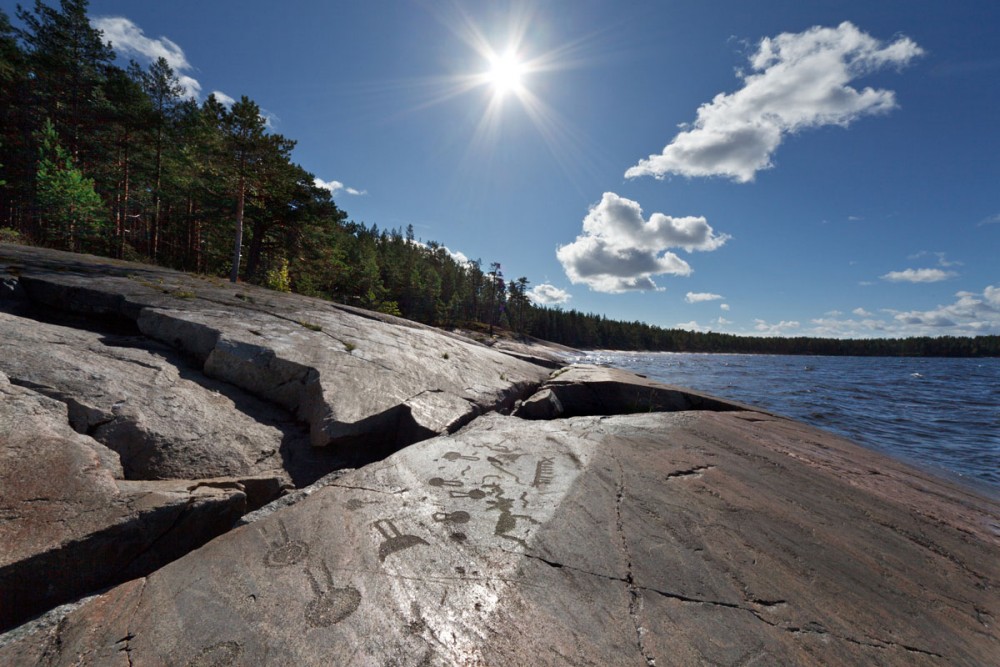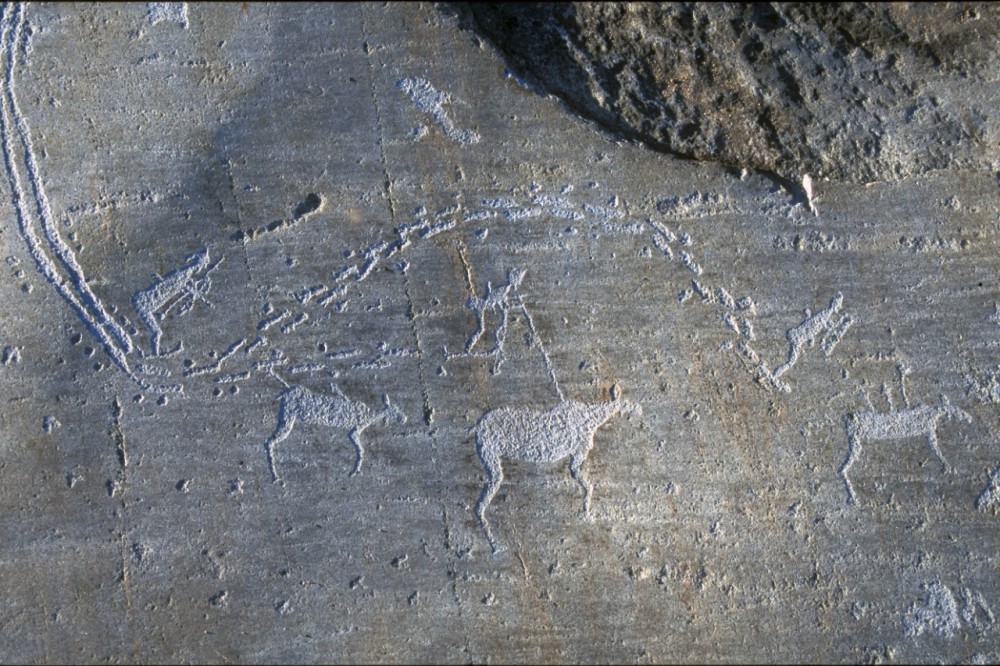Karelian petroglyphs listed as World Heritage Site
They're the 31st Russian site to achieve such a listing.

The petroglyphs of Lake Onega and the White Sea have acquired status as a UNESCO World Heritage Site, according to an announcement earlier this summer from Artur Parfenchikov, the head of the Republic of Karelia.
The petroglyphs received the UNESCO World Heritage Site status on July 28 at the 44th UNESCO World Heritage Committee session chaired by China. During the conference, which spanned from July 16 to 31, the committee had unanimously decided to grant Russia’s petroglyphs a spot on the UNESCO World Heritage List.
The Karelian petroglyphs thus became the 31st Russian site on the list.
Other famous Russian UNESCO World Heritage Sites include the natural heritage site Lake Baikal and the cultural heritage sites of Moscow’s Kremlin and the Red Square.
The sites by the White Sea and Lake Onega contain approximately 4,500 petroglyphs and are amongst the largest in Europe. The petroglyphs were carved into rocks during the Neolithic period about six or seven thousand years ago and give observers a sight into the Neolithic culture of Fennoscandia.
The 4,500 petroglyphs are located in 33 distinct sites in split into overarching areas 300 kilometers apart from one another.
Twenty-two of the carving sites, which feature about 1,200 figurines, are located on the eastern bank of Lake Onega in the district of Pudozhsky. The remainder 11 sites are scattered on the islands of the Vyg River located at the White Sea in the District of Belomorsky and are composed of 3,411 petroglyph figures. The petroglyphs in both areas date as far back as to the third and fourth millennium BCE.
However, the art subject differentiates in the two different areas. At Lake Onega, the petroglyphs mostly represent various types of birds, animals, half-human-half-animal mythical creatures, cosmic symbols, and geometric shapes. While the petroglyphs at the White Sea mostly depict carvings of hunting, fishing, and sailing scenes, as well as animal and human footprints.
UNESCO has reported that the petroglyphs are thought to be associated with sacred sites including burial grounds as well as typical settlement sites.
On July 28, the Russian Foreign Ministry said that the designation emphasizes Russia’s presence as a vital cultural center on the global arena.

